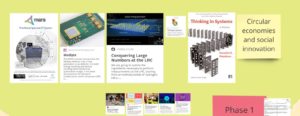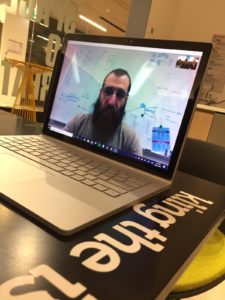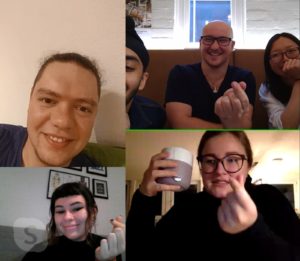This week marked the return of Team ASE for Phase 2 of CBI A3 2019/2020, marking the conclusion of our break after our Phase 1 Final Presentation in December! After the break, we got stuck into our project and officially began Phase 2…by working on our Phase 1 whitepaper.
Over the break, the group continued general desktop research on our problem space, officially being the effect illicit substances have on society. We continued to research and analyse current solutions in the detection of substances entering the country, analysing how we could increase effectiveness and whether or not we could work in a more localised setting in the users’ context. We learned about Dark Horse prototypes and how they may be beneficial in our project and its direction, understanding that “crazy” ideas could reveal things that we never would’ve thought about before.

Team ASE continued working on understanding CERN technology, more specifically Medipix3 and Data Compression, in an attempt to not only understand their use, but their adaptability and versatility in application. We also Skyped our CERN Coach, George in order to gain feedback on our initial concept presented in Phase 1: airport scanners and detection systems for illicit substances and biohazards. We gained confidence knowing that any doubts we had were cleared up this week, making us feel like our direction and rationale is strong. We also Skyped one of our other CBI A3 teams, Team Clash from InnoSpace, reflecting on the recent trip to Switzerland in November-December, as well as checking up on each other’s progress in the projects. In addition, Team ASE worked on a PESTLE canvas, which assisted in the curation of the future scenario we believe our concept will be designed to fit into/conform to, giving us greater clarity on our 2030 focus.


What next?
We will be working on our Phase 1 whitepaper and will ensure we complete it by Tuesday 21/01/2020 before our 2:30pm class. We will also continue to work on our PESTLE canvas and make sure that continues to be updated and solidified in order to drive our project forward. We also aim to create journey maps, both on the users affected by our concept, as well as the journey of screening at airports and how illicit substances enter the country and, therefore, society, in an attempt to identify a void in this technology that we could fill.

Recent Comments